Sennheiser Amperior Review
Sennheiser Amperior
About as fun as headphones can get, we've just gone and forgot about Dre.
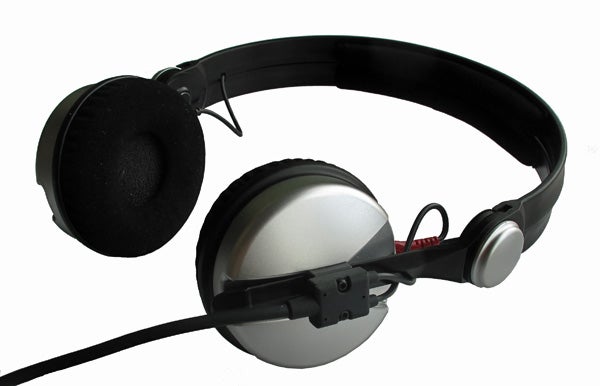
Verdict
Pros
- Superb bass slam, impact and separation
- Excellent detail
Cons
- Some rivals more comfortable
Key Specifications
- Review Price: £259.99
- Modular cable
- Neodymium drivers
- Closed back
- Dual cables, one with microphone, iPhone remote
- DJ-style rotating earcup
If it ain’t broke, don’t fix it – the old saying goes. The Sennheiser Amperior headphones are an update of a modern classic set of headphones that has won the hearts of audio obsessives across the globe – the Sennheiser HD 25.
Design
The look of these headphones makes them a dead ringer for the trusty HD 25 – the rounded cups, the cables that poke out of the top of them and the strange two-piece headband. If you’re not keen on buying £260 cans that look just like ones you can snag for around £100, rest assured that there are a few differences.
Most obviously, the Sennheiser Amperior cups are backed with silver aluminium rather than textured black plastic, and the standard pads upgraded from plastic-leather to velour-topped soft foam. The rest of the frame is still primarily made of plastic, though. An upgrade? Absolutely, but these headphones don’t have quite the arresting physical presence of the delightful Bowers & Wilkins P5.
The comfort factor involves a similar tale. These new pads are more comfortable than those of the HD 25, but the fairly firm grip of the headband can cause discomfort to sensitive ears after a couple of hours, and the pressure is also a factor for glasses-wearers. Next to the rather sumptuous-feeling P5s and the Bose QC3, the fit of the Amperior pair is a little less luxurious.
That said, they are certainly among the best headphones in design terms for commuters. Decent comfort, the closed-back, not-too-large design and the flexibility of the frame make the Amperiors portable winners. 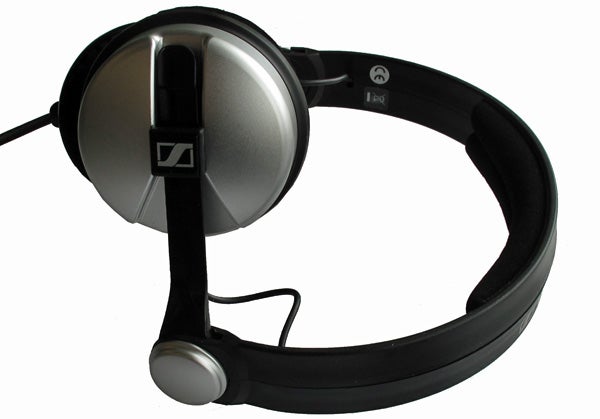
Some of the design DNA from the studio/DJ past of their forefathers still exists too. The left earcup swings up to 90 degrees each way, for easy one-ear listening. Or monitoring, as the pros like to call it.
The headband is also very odd. It’s made up of two plastic bands that can be opened out like the mouth of a hunting trap, presumably to give the headphones a better grip on your noggin. Each has its own velour-topped padding, and while most will probably prefer keeping the two bands together, the unusual design doesn’t have any significant drawbacks. 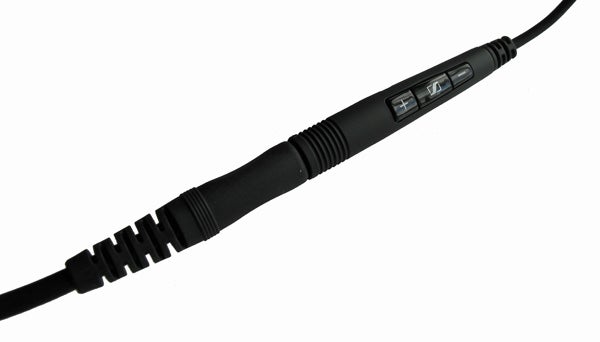
A nod to “normal people” rather than DJ types, the Sennheiser Amperior come with two sets of cables, which attach to a 3.5mm jack housing around 30cm down from the right ear cup. Like the recent Philips Fidelio L1, the cable is modular rather than 100 per cent removable. One of the cables has a handsfree housing for iPhones, and the other is a plain one.
The wire is thinner than that of the HD 25, but this helps to keep the weight down – and comfort up. With lower impedance than the HD 25s too, the Amperior are more clearly designed for portable use, where a separate amp is less likely to be used.
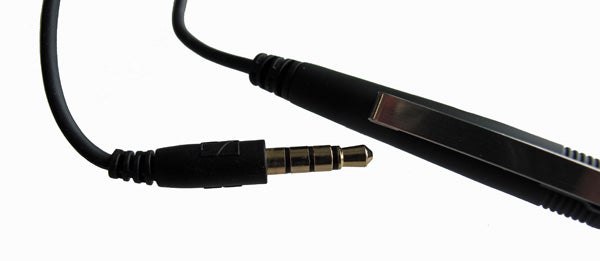
Noise isolation is up there with the better on-ear headphones. Pleather pads would likely fare slightly better – as they are less porous – but in action, the Sennheiser Amperior fared pretty well on trains. They provide a good level of outer world muffling, drowning out nearby conversations fairly well, but they aren’t so hot with low-end rumbles, such as those of the London Tube network. They’re not a patch on the active noise cancelling Bose QC3 on this front. But, then again, almost no headphones are.
We may not have gone as far as to bash the Sennheiser Amperior headphones so far, but it’s probably clear that they aren’t quite as comfortable as the often gushed-over on-ears pairs from B&W and Bose. However, they win back all lost points with their sound. Managing to blend audiophile-like clarity with sackloads of fun and pure enjoyment, they’re our favourite on-ear commuter headphones of the lot. 
They match excellent clarity and definition with class-leading bass slam and impact. Bass volume isn’t actually all that high, given it’s the low-end response we find most remarkable here – and is much less voluminous than, say, the over-ear Monster Beats – but you get all the excitement of powerful bass with no sacrifices elsewhere. No bloat, no boom. And we put headphones to the test with tracks mastered with too much bass to see if they trip over – the Sennheiser Amperior set passed, only skating near the bass overload zone on very rare occasions. Bass separation is excellent given the power it wields.
Treble too is articulate and detailed, if lacking some of the smoothness of the open-backed HD-series Sennheisers at the price. And while the level of definition here makes music sound “big”, sound stage and “air” can’t match a good open pair – hence our bigging-up of these as out and about cans rather than those to use at home.
Within their particular field, though, they’re spectacular. The poise they muster is truly impressive, putting them into a completely different league to the similarly-priced Bose QC3 and ensuring a victory over the recent Philips Fidelio L1.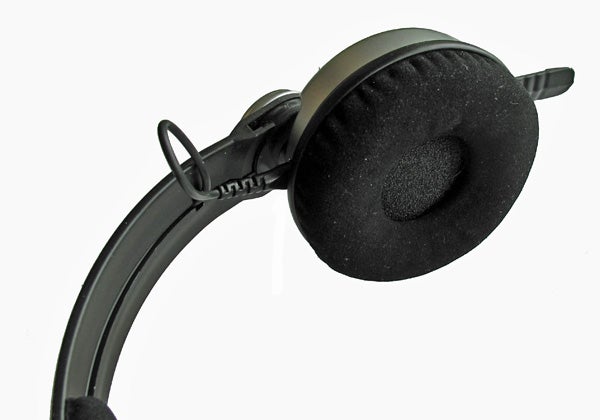
To our ears, the Sennheiser Amperior are what headphones designed for urban or beat-based music should sound like – what the Monster Beats should have aimed to be in the first place. Few others can relay the low- and sub-bass of synth instruments and beats with the same assured strength as these, and all without spoiling the rhythm of the music – as headphones with a less “fast” or taut bass response will tend to. The litheness of the low-end performance here is comparable to a good dedicated subwoofer.
Excellent bass control and overall articulation let the Amperior headphones have a good crack at any kind of music, but if you’re after a real light touch or laid-back approach to music, you may want to look elsewhere. And although technically inferior in several respects, the B&W P5 and P3 offer a smoother, more relaxed listen. But we know which we’d rather rock out to.
Verdict
About as much fun as you can hope to have without risking arrest, injury or embarrassment, the Sennheiser Amperior headphones are some of the best out-and-about headphones ever made. Incredible bass impact is matched with great articulation, showing up most big-name alternatives. You can get more impressive tech and more en vogue designs elsewhere, but if you care about sound quality and are out for a good time, there aren’t many closed-back sets better than this.
Trusted Score
Score in detail
-
Value 9
-
Design & Features 8
-
Sound Quality 10
Features
| Type | On Ear (Supra-aural) |
| Wireless | No |
| Noise Cancelling | No |
| Microphone | Yes |
| Inline Volume | Yes |
| Number of Drivers (Times) | 1x |
| Modular Cabling | Yes |
| Remote Control | Yes |


